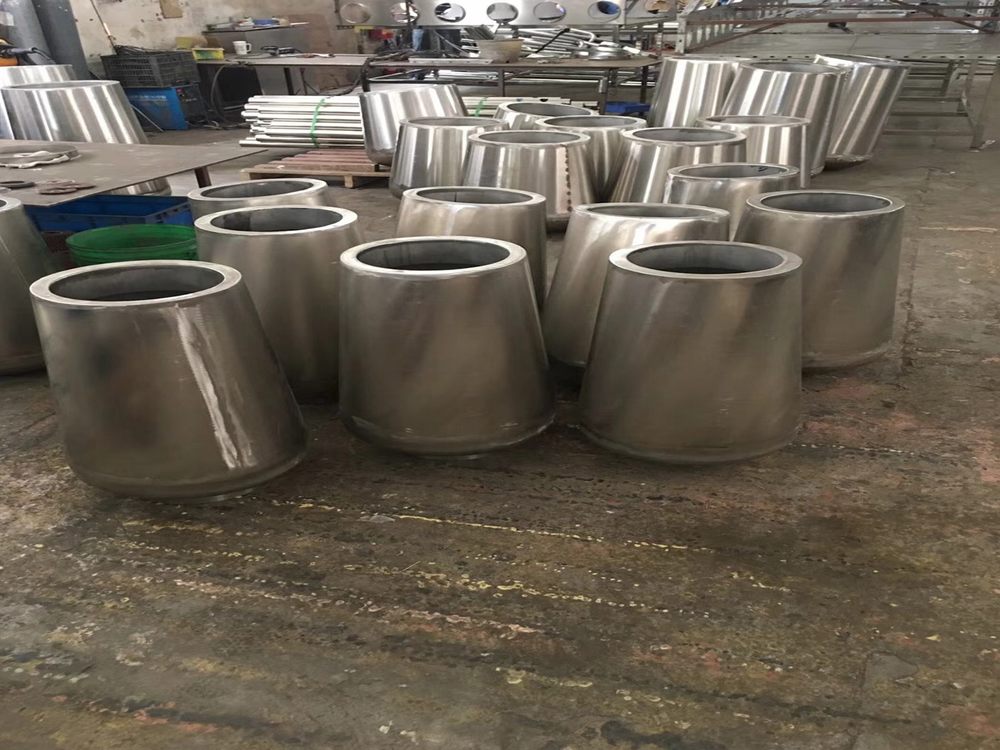
Wood carvings sculptures play a vital role as educational tools in museums and cultural centers, offering visitors a tangible connection to history, craftsmanship, and cultural heritage. These intricate artworks serve as visual storytellers, preserving traditions and techniques passed down through generations.
In museums, wood carvings often accompany interactive exhibits, allowing visitors to explore the tools, materials, and processes behind their creation. Many institutions incorporate touch-friendly replicas or digital enhancements to demonstrate carving techniques, making the art form accessible to all ages. Cultural centers frequently use these sculptures to illustrate regional styles, religious symbolism, or societal values embedded in the artwork.
Educational programs built around wood carvings encourage hands-on learning, with workshops where participants can try basic carving techniques under expert guidance. These experiences foster appreciation for the patience and skill required in traditional craftsmanship. Additionally, the three-dimensional nature of sculptures helps visual learners better understand historical contexts and artistic evolution.
By studying wood carvings, students and visitors gain insights into material science (wood types and preservation), mathematics (proportions and geometry in design), and even environmental studies (sustainable sourcing of materials). The tactile quality of these artworks makes them particularly effective for engaging younger audiences and creating lasting impressions.
Ultimately, wood carvings sculptures in educational settings bridge the past and present, transforming passive observation into active cultural participation and preserving intangible heritage for future generations.

